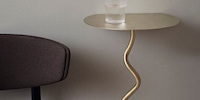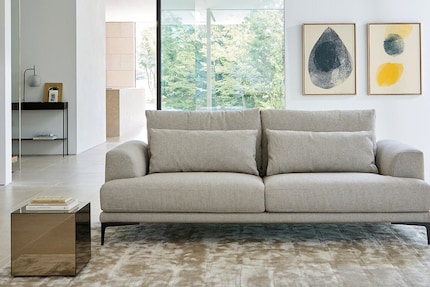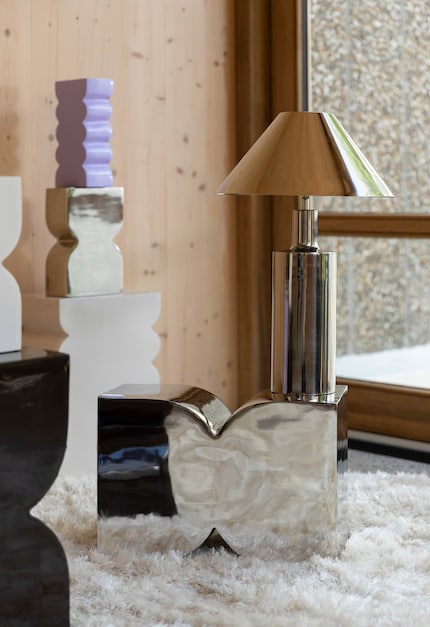
Opinion
Pia’s Picks: squiggly home accessories
by Pia Seidel

These design objects were not made so that you can look at yourself and your reflection in them. Rather, they are intended to visually expand spaces and challenge your perception in a positive way.
Other designers also use mirrors to play with optical illusions and give rooms a new dimension. One example of this is the "Cubix" coffee table by Pascal Morabito, whose mirrored surfaces reflect the room. Similarly, the "Cones" side table from Zuiver distorts the room with its mirrored surface and brightens it up at the same time.
Mirrors give furniture an elegant, modern look, but they can also have a cool effect. To ensure that the room remains warm, the following rules apply when furnishing:
Before you start following the rules, you should first get yourself a nice mirror piece. You'll find some potential picks here.
In the series "Pia's Picks" you will regularly see my favourite finds. They are things that I don't need, but adore anyway.
Like a cheerleader, I love celebrating good design and bringing you closer to everything furniture- and interior design- related. I regularly curate simple yet sophisticated interior ideas, report on trends and interview creative minds about their work.
This is a subjective opinion of the editorial team. It doesn't necessarily reflect the position of the company.
Show allIt's been a while since I visited an exhibition about the work of Trix and Robert Haussmann. But what I saw there still inspires me to this day: the designer couple had a particular penchant for mirrors in their designs. They used them as a design element to expand and alienate spaces. I like this play with perception. It can change the environment when you're longing for an update - without you having to make any major changes.

